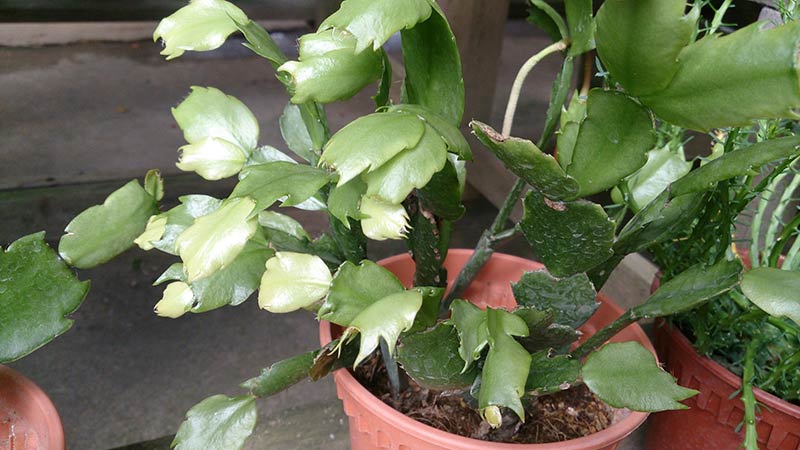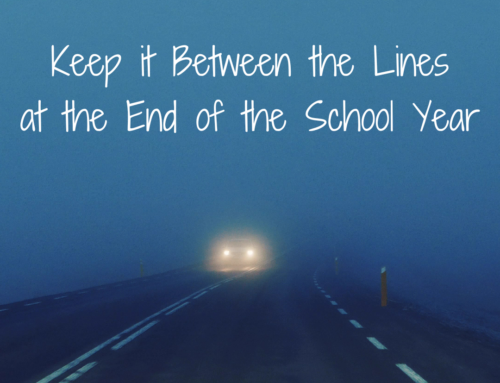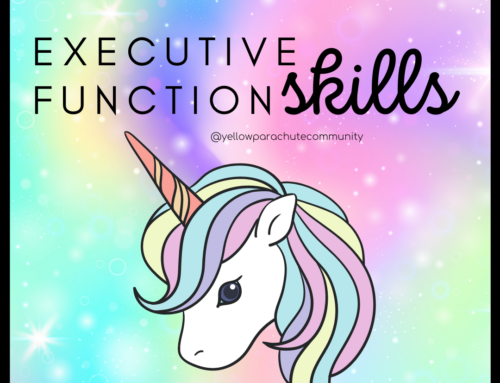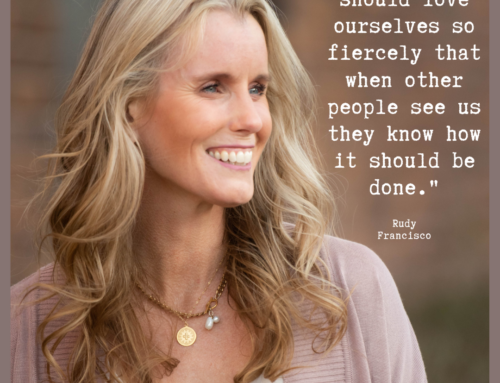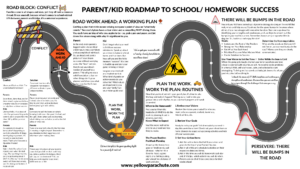What do kids and cacti have in common? Besides both seriously soft and perfectly prickly sides? I’ll explain, borrowing from an early YP blog post:
Once, on my birthday, a friend gave me a pot full of dirt and spiky green blobs. “It’s a cactus,” she said, when I asked about light-exposure, fertilizing schedules, soil mixes. “Water it sometimes.”
I did water it sometimes, and it grew. As I write this, its spindly arms wave over my bookcase like an underfed orchestra conductor. My cactus and I have an agreement: I water it when I remember to and in return, it lives. My plant mothering is adequate, but not extraordinary—in our five years of peaceful coexistence, my cactus has never once bloomed.
Google images show me the possibilities: firework-blooms of pink, white, and red. Google also explains what it would take to get my cactus to flower—a fussy calibration of water, temperature, and light that makes my eyes glaze over. It’s too much work. My cactus will soldier on, un-bloomed.
The lesson: in surviving under my care, my cactus exhibits resilience—the ability to recover from stress—but it needs tenderness, not just tough love, to reach its full passionate potential.
I can see that our kids soldier on, um-bloomed like my cactus, in our current system of education. The attention paid to each individual’s unique capacity to learn is adequate, not extraordinary, and bell-schedules force teachers to push students through hoops rather than recalibrating for another try. We’re missing a huge opportunity for firework-blooms; watering sometimes just isn’t enough.
With this in mind, I’d set out to create Yellow Parachute Academy. I envisioned a place where students LOVE to learn – where learning takes kids beyond what they can imagine and they can make new connections, explore, share their own unique perspectives, and find joy in serving others.
I worked with the understanding that if I opened doors to creativity, calibrated challenge and support, and watered regularly with encouragement, my students’ spikey green blobs would bud and, for the first time, bloom firework-blooms of gritty learning.
But the kids who had walked through YPA doors in September were wilted and weary. I saw in their eyes that school – learning – had become mundane, tedious, inaccessible, and just plain uninteresting. They were surviving, not thriving.
When I’d excitedly offered, “Here, you can learn any way you want to learn about anything you want to learn about. Let’s explore the possibilities,” the collective response was… crickets. Their tired faces had told a story that I continue to unravel: as contact with teachers decreases, student-workload and test-weight increases, and the box defining success shrinks, students’ motivation in school declines.
By late elementary and early middle school, students begin to tell themselves:
Option A: School is bad becauseI can’t get what I need to do this work
Option B: I am bad because I don’t understand what I need to do to be successful
What a heartbreaking choice of false-narratives. But when we unpack the misunderstanding about learning to help students see that they are worthy and capable of success, we will watch them bloom brilliant, firework-blooms.
And so at YPA, I’ve fussily calibrated the soil and sunlight with brain research by Barb Oakley, social research by Brene Brown, neuropsychology, and educational research by Barbra Bray and Kathleen McClaskey. We’ve cultivated practice and routine organizing materials, planning schedules, and taking notes. We’ve created learning toolboxes, naming individual strengths, challenges, and preferences with learning. And I water regularly with encouragement.
I can see the changes in my students’ eyes. When once they were dull, I see sparkle at an idea that comes to mind. When once they rolled at a new “to do,” I see them look up, searching for a connection. Transformation is happening.
YPA students can name personal distractions and tools that help them refocus. They can rate their assignments from independent to “I need help getting through this.” They can look to rewards for hard work – each with a different motivator. These are the pieces that lead to understanding, self-worth, and capability in learning…to grit and growth-mindset.
And the most encouraging new message I read in my students’ eyes is, “OK. I can do this.”
For these are the buds of firework-blooms.


